A Guide on Measure Words in Mandarin Chinese for Beginners
What are some of the most troublesome issues you have ever encountered while learning Chinese? The use of measure words would probably be on the list, if not on the top. You are not alone, using measure words correctly can be a challenge for many Mandarin Learners, especially those whose native languages do not frequently use measure words, for example, English. But don’t worry we are here to help you so you don’t have to just rely on 一个 (yígè, a), 这个 (zhègè, this).

What makes measure words a challenge to you?
The most common reason that makes measure words a difficult part for Chinese learners is that they are not commonly used in English, as well as in many other languages. In most occasions, you can just say a burger or fries rather than “a + (measure word) + burger” and “a box of fries”.
Yet, in Chinese, you must always use a measure word when saying a noun including the amount of the item as well, that’s to say, you always need to find the right measure word and put it between the number and the noun.
- For example:
一棵树 (yìkē shù, a tree)
两条鱼 (liǎngtiáo yú, two fishes)
三只鸟 (sānzhī niǎo, three birds)
…

Notice how the measure words are in the middle.
Well, perhaps it wouldn’t be that hard if one measure word could be used with a lot of different nouns. Unfortunately, life isn’t always easy and well… that is just not the case. There are in total around 150 measure words that we in use in modern Chinese, which makes it quite a task to memorize all of them. Although there does exist an “all-around” measure word, which I will introduce to you later, when your proficiency level increases, you will feel the urgency to use more measure words as this will make you sound more like a native speaker! Of course, you will also be required to choose the right ones during tests. So don’t avoid learning them just because it’s hard and a hassle.
So, how to learn measure words effectively?
For kids, teachers often avoid purposely emphasizing and solely focusing on the use of measure words. Instead, they make it a natural part of speech whenever kids speak in Chinese. However, for older learners, the best way to master the measure words is to memorize them with the help of example sentences (so you know how to use it) and then practice their usage in real-life scenarios.
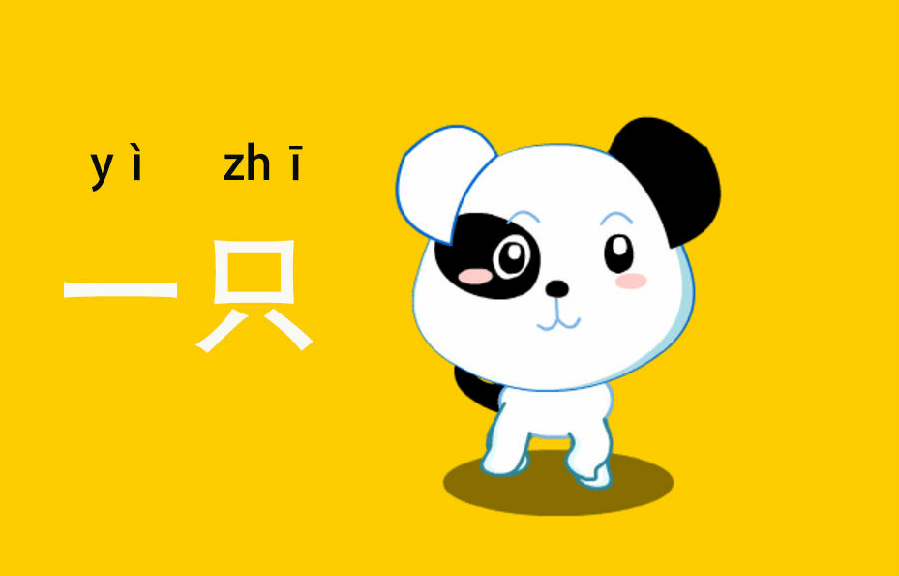
For learners at beginner or intermediate level, I would recommend to first memorize the most commonly used measure words and their uses. You need to spare some effort for this as there really isn’t a shortcut. Remember that practice makes perfect.
As you learn more Chinese, you will get the chance to know more measure words and will find out some patterns that can help you to use these words. Many measure words can cover a group of nouns. For example, insects like ant, dragonfly, and caterpillar can all go with the measure word 只 (zhī).
Also, many measure words have a meaning that covers a certain feature of the group of nouns that go with it. Like the word “条”, which is used with snake, rope, and cucumber. Guess what does it mean? Can you see a pattern between these three things? Yes, they are all long and rope-like. So 条 (tiáo) means “long and thin”.
Next, I will first reveal the all-in-one measure word to you, “个”.
个 (gè) is the most commonly used one among all the measure words.
It is mostly used with people:
一个人 (yígè rén, a person )
But many non-human items can go with this measure word too. But magically, it can also go with a large number of other words that have original measure words, like the example I gave below:
三个苹果 (sāngè píngguǒ, three apples)
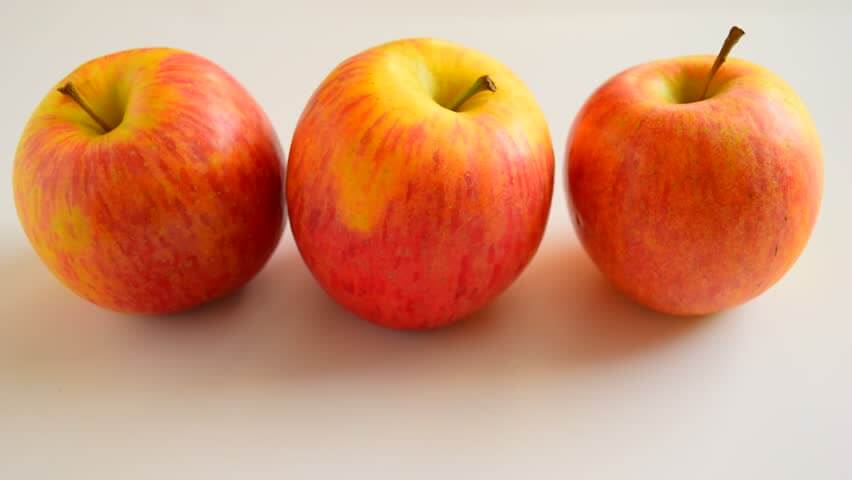
Although 个 is a very useful measure word, overuse of it makes you sound like a beginner level student.
9 other Useful measure words and their usages
-
只 (zhī)
In daily life conversation, we talk a lot about animals. Perhaps pets like dogs and cats are most frequently mentioned ones. But you have to say “一只猫”, “一只狗” rather than “一个猫”, “一个狗”. For dogs, you can also use the measure word “条”. We will talk about it later.
一只猫 (yìzhī māo, a cat)
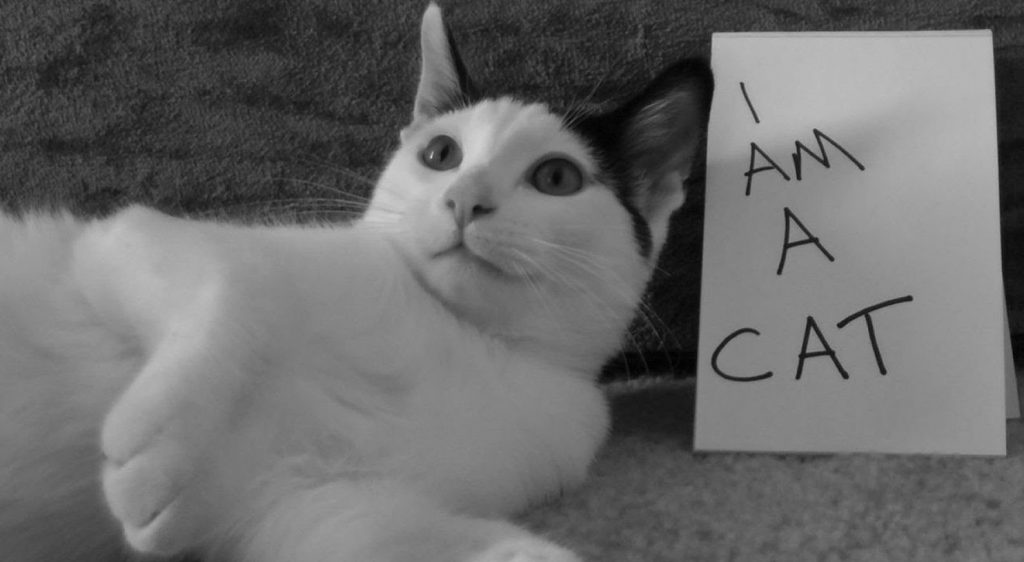
This measure word can be also used to measure some body parts like “手”, “脚”.
一只手 (yìzhī shǒu, a hand)
一只脚 (yìzhī jiǎo, a foot)
-
份 (fèn)
Another widely used measure word that has several different meanings from copies and portions to shares and packages. It is the right measure word for documents, newspapers, stock shares, meals and so on.
一份报纸 (yífèn bàozhǐ, a newspaper)
一份盒饭 (yífèn héfàn, a packed meal)
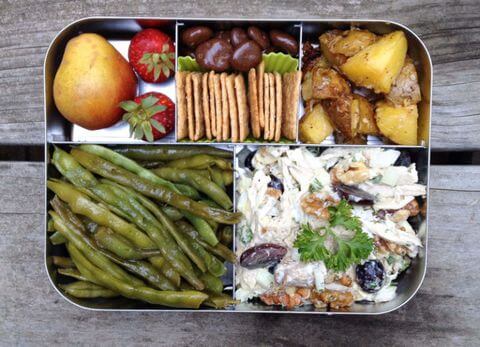
-
辆 (liàng)
As you can see from the structure of the character, the measure word “辆” is the word for forms of transportation like cars, bus, bicycles and scooters.
The radical of this word is “车” which stands for different forms of transportation. The right part of this word means two, which indicates the common ground between these forms of transportation: they all have at least two wheels.
一辆自行车 (yíliàng zì’xíngchē, a bicycle)
一辆公交车 (yíliàng gōngjiāochē, a bus)
-
位 (wèi)
This is another word that is used to count people. The word 位 is a more formal way to count people compared to the one we talked about above, 个.
When you go to a restaurant, you will probably hear the waiter say this to you:
您几位? (Nín jǐwèi? How many people do we have?)
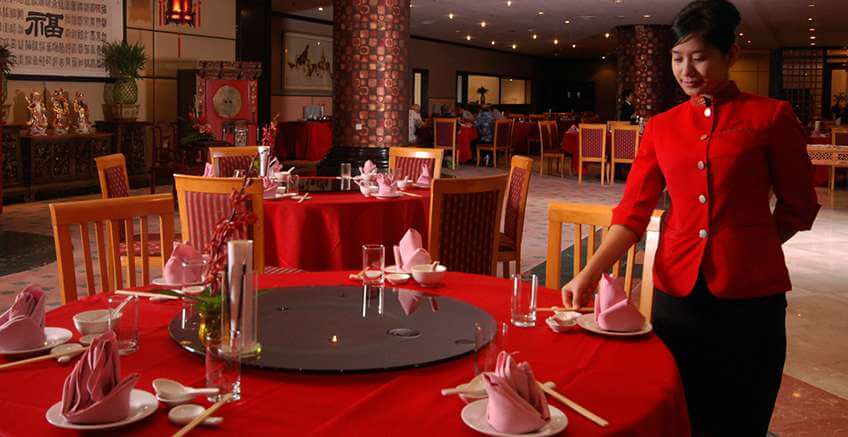
-
张 zhāng
The word “张” is a frequently used measure word in office and school settings because it relates to papers.
一张纸 (yìzhāng zhǐ, a piece of paper)
-
条 tiáo
The word 条 original means the sprouts of trees which are long and thin. Now, it is used to refer to things in long and thin shapes. So, it will be easier to figure out which words can go with it!
一条蛇 (yìtiáo shé, a snake)
一条毛巾 (yìtiáo máojīn, a towel)
-
瓶/杯 píng /bēi
Everyone needs water! So how to count it in daily life? Cup or bottle, right? Here you go. These are two measure words for it.
一杯水 (yìbēi shuǐ, a cup of water)
一瓶可乐 (yìpíng kělè, a bottle of Cola)

Time and money are essential for everyone. So we don’t want to misuse measure words when talking about them.
-
Measure words for time
Time is a universal concept. So we can just match the basic words in both languages:
秒 (miǎo, second)
分 (fēn, minute)
点 (diǎn, hour)
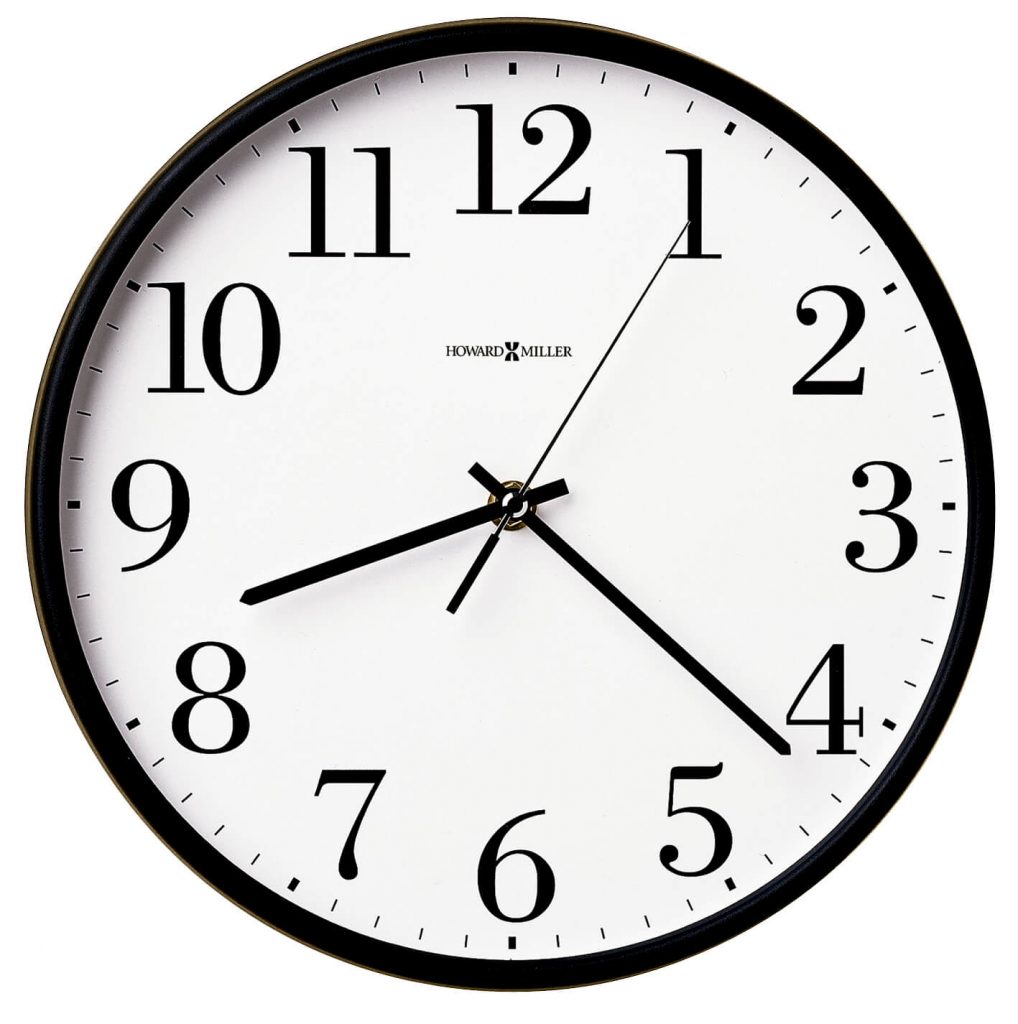
Jǐdiǎn le ?
“几点了?“
(What time is it now?)
Sāndiǎn shífēn le.
“三点十分了。“
(It’s three past ten.)
-
How to count money?!
We know that Chinese use RMB as the currency. Here are other measurement units:
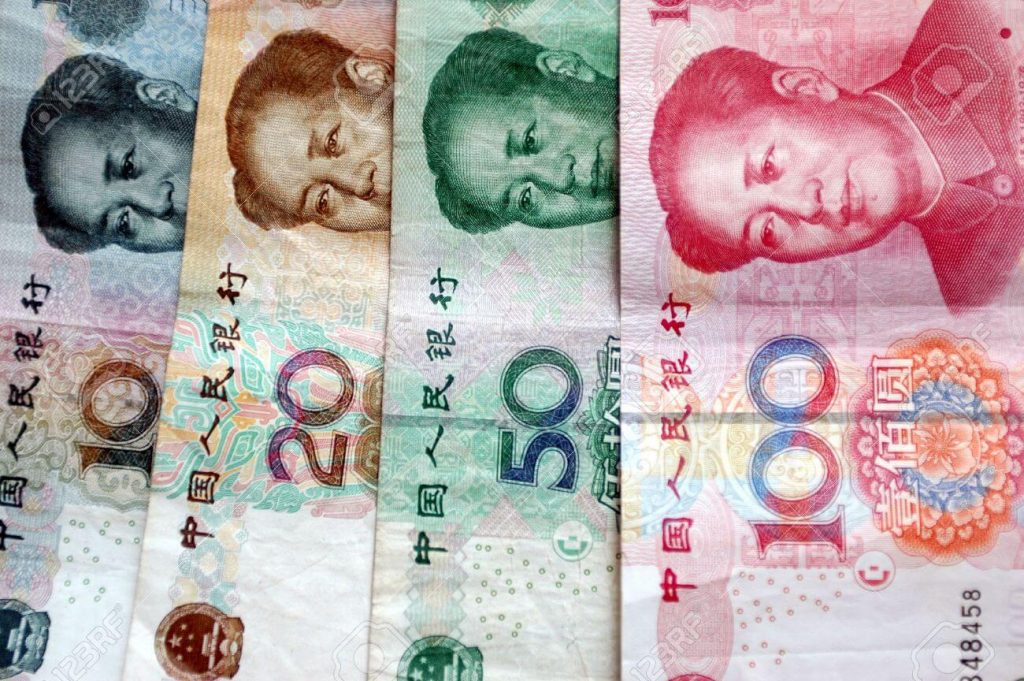
元 (yuán, dollar/pound)
角 (jiǎo, dime)
分 (fēn, cent)
These are some useful measure words. I believe that as you keep learning, you will learn (and need) more. But these will be enough for some time. And try to use more measure words instead of the same old “个” all the time. These small words will make your Chinese sound more authentic!
Register to Book A Free Chinese Class for Your Child
Copyright Notice: Everyone is welcome to forward the articles in this blog as long as the links to these articles are also included.

